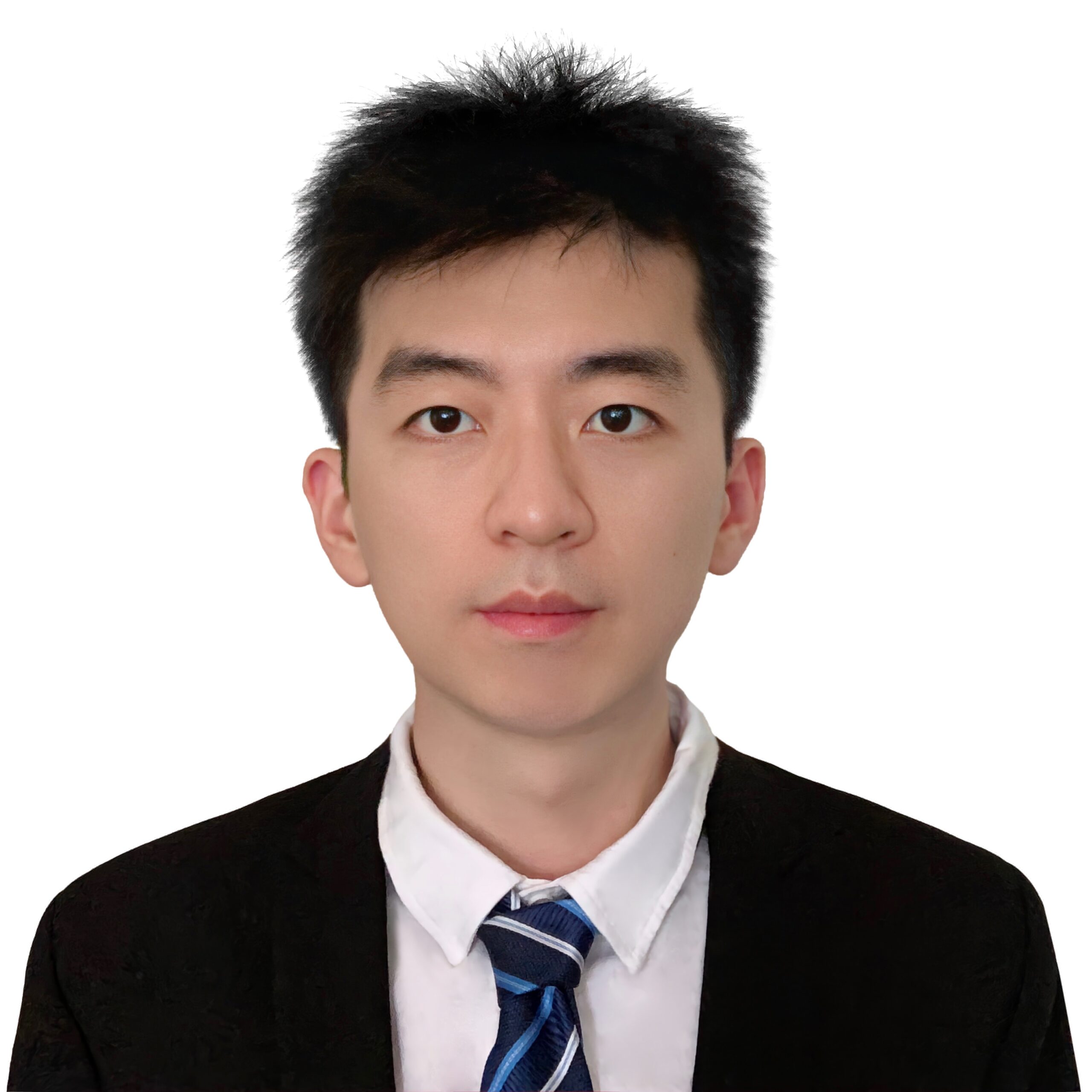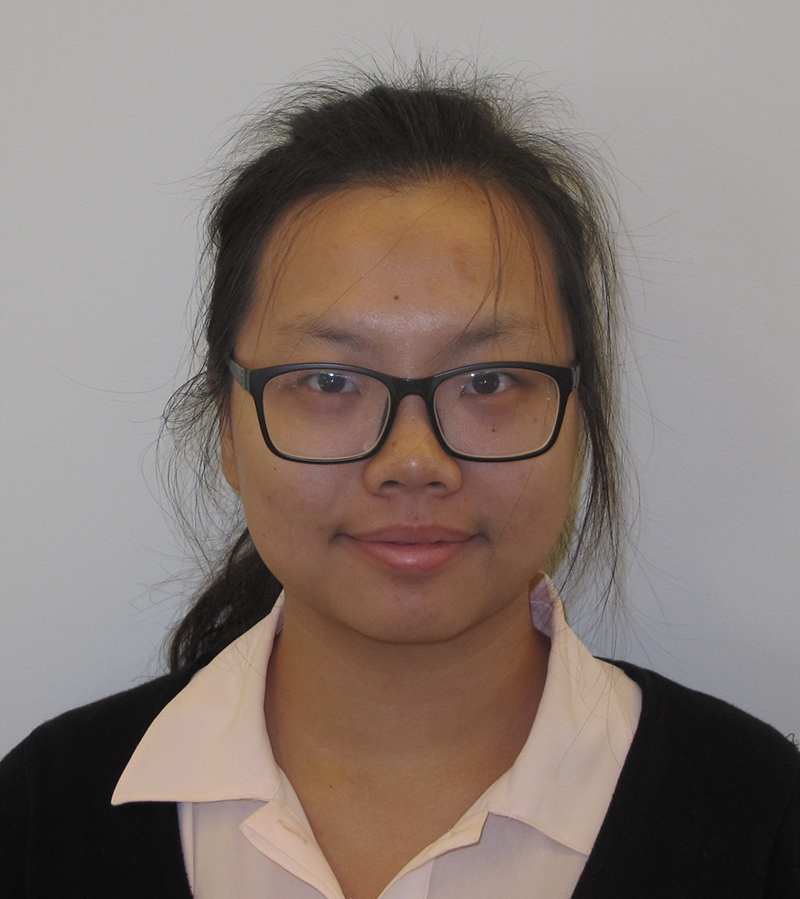Brain Imaging Core

Dietmar Cordes, PhD
The primary goals of the Brain Imaging Core (BIC) are to expand and improve imaging and analytic data analyses methods to increase the success of the Phase II projects, generate new pilot projects and establish collaborations with researchers from University of Nevada-Las Vegas (UNLV) and other Institutional Development Award (IDeA) state communities with interests in neuroimaging. A successful interaction of BIC with the other cores (Data Management and Statistic Core [DMSC], Clinical and Translational Neuroscience Core [CTNC]) and Phase II Junior Investigators (JIs) will encourage advancement of independent research careers, build neuroscience infrastructure in Nevada, and advance understanding of Alzheimer’s disease (AD) and Parkinson’s disease (PD). Expert imaging and analytic capabilities are essential for supporting research and training and will provide a foundation for transition of the BIC to a self-sustaining core. The BIC will provide support for JIs in neuroimaging research and characterize patients and cognitively normal controls using imaging and analytic data analyses. Furthermore, the BIC will develop tutorials and software on imaging and data analysis methods and advance novel methods to better characterize patients with neurodegenerative disorders resulting in improved assessment, classification and prediction accuracies. Imaging and data analysis approaches will be strengthened for all COBRE projects and availability of analytical methods and training will provide significant support to JIs and other researchers throughout the COBRE system. Robust interactions between the brain imaging group that will comprise the BIC and collaborators in Phase I supports the creation of this new core in the CNTN.
A key component of the COBRE project is the investigation of neurodegenerative disorders with state-of-the-art imaging methods. With our new SKYRA MRI scanner, we can obtain high temporal resolution functional data using a method called “Simultaneous Multi-Slice Imaging”.
This imaging method is important for its ability to better characterize brain networks that are active during a 10 minute functional MRI scan where the subject simply rests. We call these type of scans resting-state scans. The corresponding brain networks are also called resting-state networks and were discovered in the late 1990s.
Resting-state brain networks were assumed to be static in nature, and about a dozen of such static networks have been discovered and investigated in relation to neurodegenerative .disorders.
However, more recently it has been shown that resting-state networks are very dynamic in character and change on a time scale of several seconds to a minute. This discovery that brain networks of the resting brain are switching from one state to another state provides a new dimension for characterizing neurodegenerative disorders leading to novel imaging biomarkers.
Imaging with a high temporal resolution is necessary to characterize networks that are dynamically changing. In the past, sampling rates of 2 to 3 seconds were used. Nowadays, we achieve sampling rates of up to 400ms with the new MRI pulse sequences at our Center.
The dynamic nature of brain networks leads to the notion of what we call the switching-rate. We recently discovered that for 5 out of 8 investigated brain networks, the dynamics of resting-state brain networks are significantly reduced in Parkinson’s disease. In fact, the determined switching rate for the affected networks was reduced by about 20%.
Another important aspect in finding novel imaging biomarkers is the combination of data from different modalities. For exampling diffusion tensor data, which helps us to assess the integrity of white matter tracts, can be combined with cortical thickness data in a so-called fusion analysis.
By combining data, statistical power is increased. Furthermore, we are able to obtain biomarkers that address the interaction of different features in the brain, for example how certain white matter features are related to cortical thickness in gray matter.
We plan to carry out a data fusion analysis to patients with mild cognitive impairment to obtain biomarkers that specify the cross-relationship of brain maps from different imaging modalities.
If you would like to obtain more information about the COBRE study, please contact us.
Dietmar Cordes received the B.S. and M.S. degree in Physics from the Technical University of Clausthal, Germany, in 1981 and 1985, respectively, and in 1989 a Ph.D. degree in Theoretical Physics from the University of Nevada, Reno. He then joined the University of Wisconsin-Madison for a 4-year program in medical physics with focus on MRI and functional MRI (fMRI). His research interests include MR physics, MR imaging and data analysis in fMRI. He is currently the Director of Neuroimaging at the Cleveland Clinic Lou Ruvo Center for Brain Health in Las Vegas, NV, USA.

Dietmar Cordes, Ph.D

Chendi Han received BS degree in Physics from Cuiying Honors College, Lanzhou University in 2017. He received his MS and PhD degrees in Electrical Engineering from School of Electrical, Computer and Energy Engineering, Arizona State University in 2019 and 2022, respectively. In 2023, he joined Cleveland Clinic as an MRI research engineer. His current research interests are fMRI data analysis, Optimization, and Machine learning.
Pavithran Pattiam Giriprakash received his B.E degree in Biomedical Engineering from Anna University, Chennai, India in 2019. He received his graduate M.S degree in Biomedical Engineering from Cleveland State University, Ohio, USA in 2021. He joined Lou Ruvo Center of Brain Health, Las Vegas, Nevada as an MRI Research Engineer in late 2021. His current research interests include MRI image analysis and multivariate data analysis.

BIC Alumni

Zhengshi Yang
Zhengshi Yang received the B.S. degree in Physics from Huazhong University of Science and Technology, Wuhan, China, in 2013 and the M.S. degree in Physics from University of Kentucky, Lexington, United States in 2015. Currently, he is a research engineer at the Cleveland Clinic Lou Ruvo Center for Brain Health in Las Vegas, United States. His research interests include multivariate mathematical modeling and MRI image analysis.
Xiaowei Zhuang received the B.S. degree in Biomedical Engineering from Jiaotong University, Beijing, China, in 2012 and the M.S. degree in Biomedical Engineering from University of Southern California, Los Angeles, United States, in 2014. Currently, she is a research engineer at the Cleveland Clinic Lou Ruvo Center for Brain Health in Las Vegas, United States. Her research interests include MRI image analysis and machine learning.

Xiaowei Zhuang
